Whether you’re an aspiring whisky connoisseur or just enjoy a ‘wee dram’, a little knowledge can go a long way when it comes to choosing the right variety of this golden elixir. More than any other spirit, whisky (or whiskey, in Ireland and the USA) comes in a multitude of types and tastes. So, if you want to avoid the house pour and pick something you don’t need to drown in Coke to enjoy, follow our guide.
[pro_ad_display_adzone id="73367"]
Types of Whisky
First off, whisky can be made from various different grains, including barley, corn, rye, and wheat. Most premium whisky is made from malted barley, either as a single malt or blended malt. Although grain whisky is more commonly associated with cheaper blended whiskey, there are also some very good single grain whiskies.
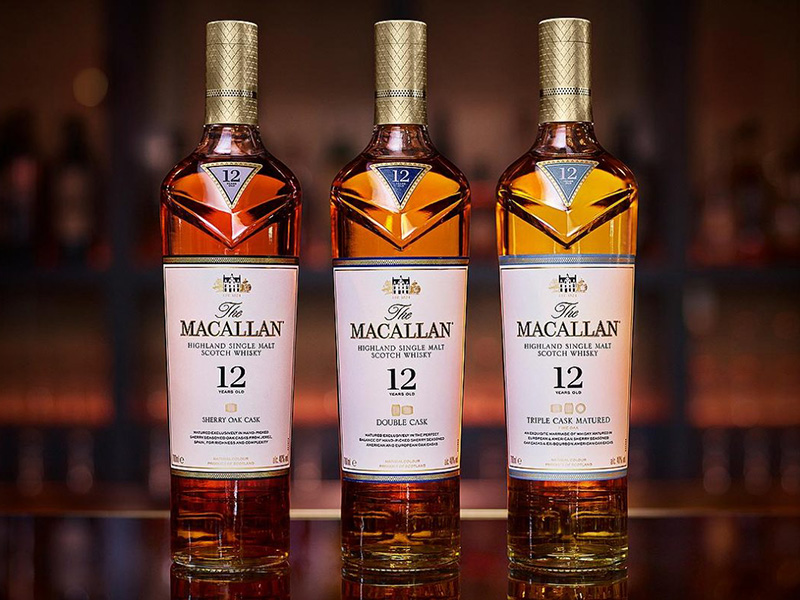
Scotch Whisky
Scottish whisky, known as Scotch, is perhaps the most eclectic of whiskies. As well as a full range of single malts, single grains, and blends, these whiskies can be categorised by the five main regions in which they are distilled: Lowlands, Speyside, Campbeltown, Highlands (and islands), and Islay. Notable labels to look out for include The Macallan (Speyside), Talisker (Islands), and Laphroaig (Islay).
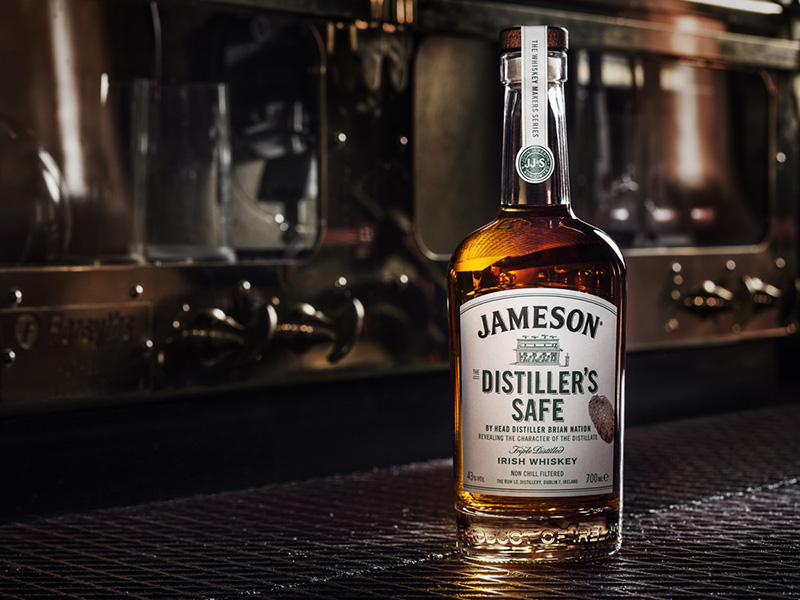
Irish Whiskey
Irish whiskey has had a huge resurgence over the last 10 or so years, taking the number of distilleries from just three to more than 18. Irish whiskey is normally triple distilled, making it smoother than the standard twice distilled whiskies, and must have been aged in wooden casks for at least three years. In addition to a range of single malt, grain, and blended varieties, there are also pot stilled whiskies, which include both malted and unmalted barley in the pot still. Notable labels include: Bushmills, Jameson, Teeling’s, Redbreast, Paddy, and Glendalough.
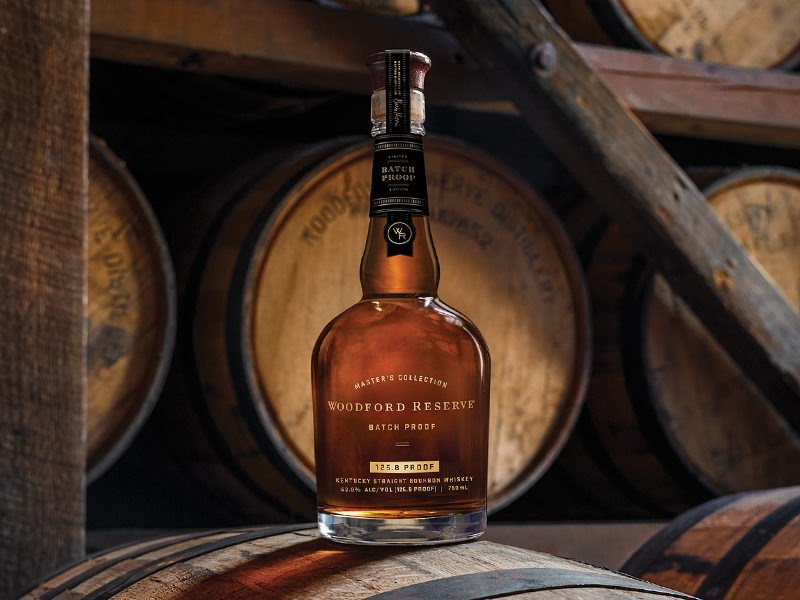
American Whiskey
American whiskey also has a wide range of variations, each with its own characteristics. The most popular is bourbon, which must be made from a grain mixture that contains at least 51 percent corn and is aged in new charred oak barrels. A mixture of at least 51 percent corn that isn’t aged in charred oak barrels is simply known as corn whiskey. Rye whiskey, malt whiskey, and wheat whiskey all require at least 51 percent of the constituent in the grain make up. Tennessee whiskey is made under the same requirements as bourbon, with the addition of an extra charcoal filtering process, and has to be made within the state. Notable labels include Maker’s Mark (Bourbon), Woodford Reserve (Bourbon, Rye and Malt), Jack Daniels (Tennessee), and Michter’s (Rye).
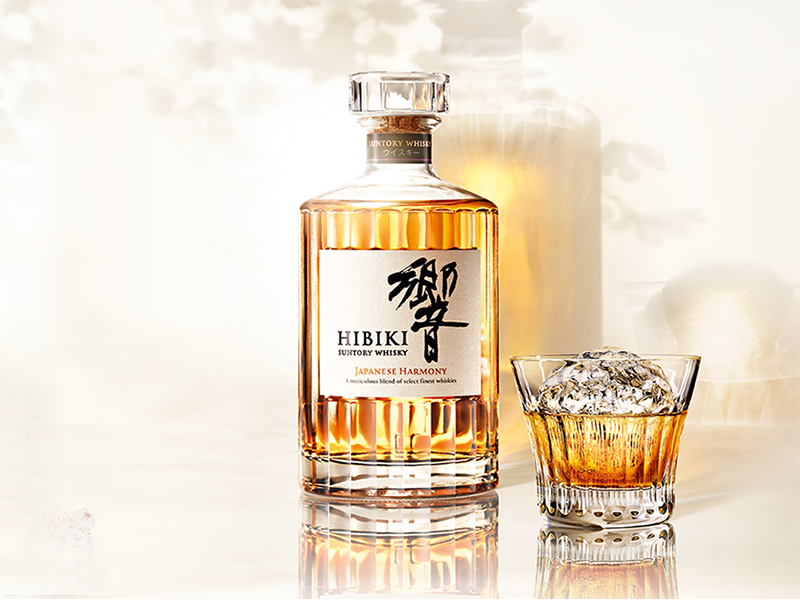
Japanese Whisky
Similar in style to Scotch, Japanese whiskies include blended, malt, and grain varieties. Though primarily produced for the domestic market, its reputation for world-class whiskies since 2000 has led to a huge increase in popularity overseas and, often, demand outstrips supply. The two biggest names are Suntory and Nikka. Suntory produce Hibiki (blended), Yamazaki (single malt), and others; while Nikka Whisky produce, among others, the Yoichi Single Malt and both the Coffey Grain Whisky and the Coffey Malt Whisky – made using the Coffey continuous still process.

Taiwanese Whisky
Though new to the whisky world, Taiwan secured its place on the world stage after winning a spate of awards in 2010, and has continued to beat some of the more established whiskies ever since. Kavalan is the country’s main distillery – only rivalled by a selection of state-owned distilleries. Kavalan exclusively produce single malt whisky in a range of barrel finishes, with 19 varieties in its range. Recent award winners include the Kavalan Podium, Kavalan Soloist PX Sherry Single Cask Strength, and Kavalan Soloist Port Cask Strength. Kavalan whiskies don’t give an age classification, but it is believed the whisky ages almost a third quicker than Scottish whisky due to the climate, allowing it to produce the equivalent of 15 to 25-year-old whisky in four to six years.
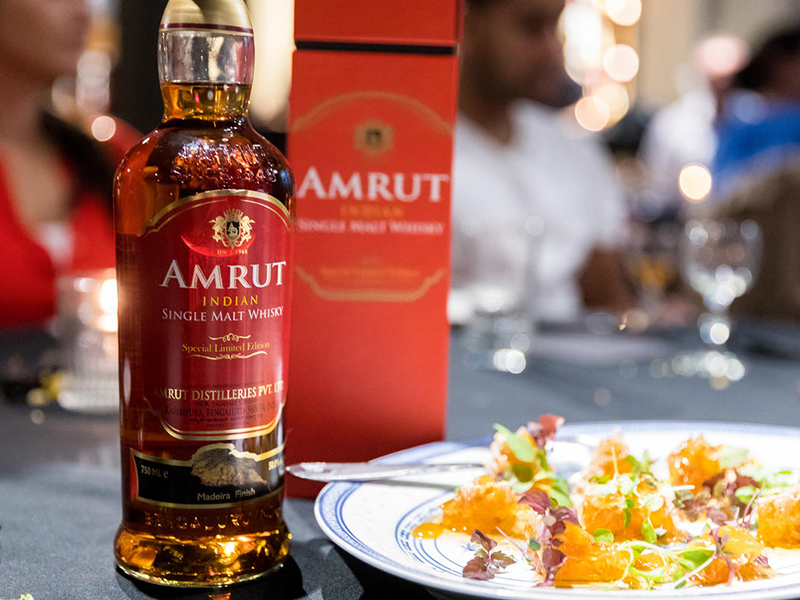
Other Whiskies
Most countries have their own versions of whisky, and although these might not be as established and renowned as Irish, Scottish, or American varieties, they are still popular in their regions. From Australian and Canadian whiskies, to Indian and Welsh offerings, there are some interesting brands and tastes out there to try.
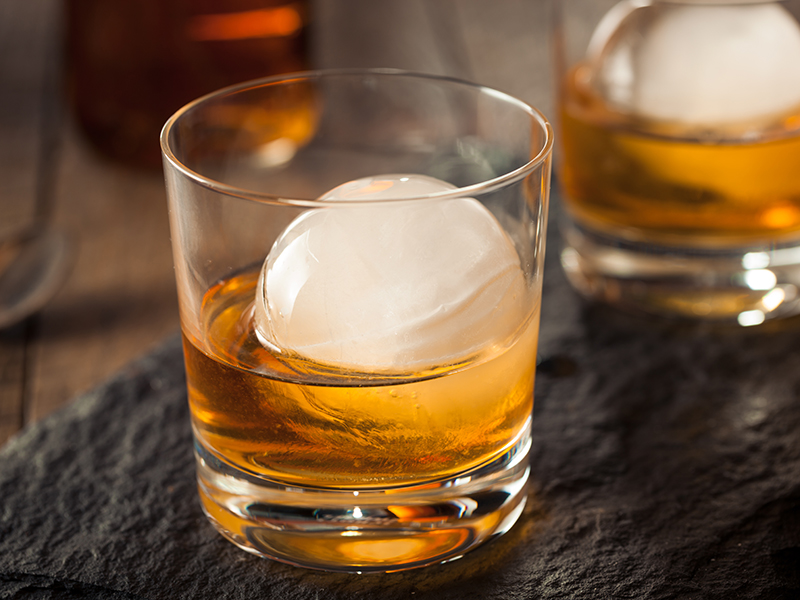
Drinking Tips
Many a whisky expert will tell you that a good whisky should only ever be taken neat or some say with a drop of water. But the point is to
enjoy the drink, so you should feel free to add ice, water, Coke, or even ginger ale if you please. However, we suggest a good crystal glass and a single large ice cube.
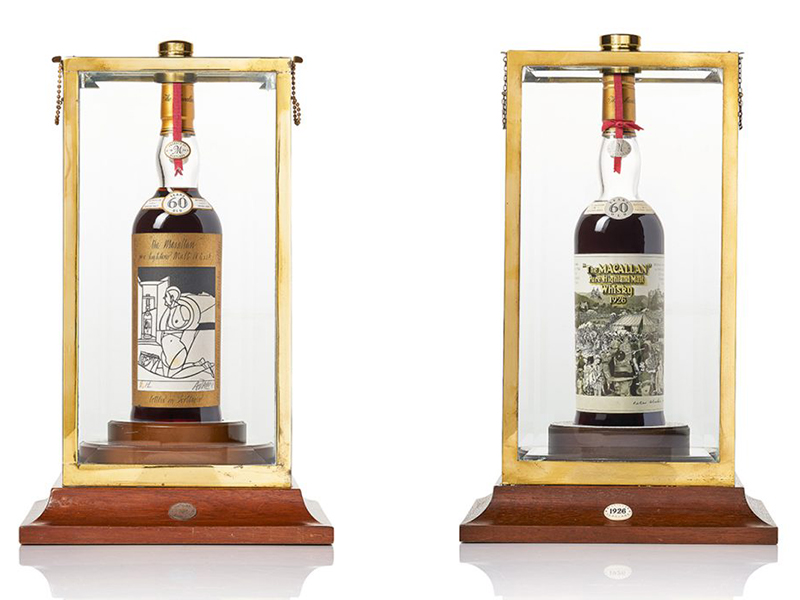
Whisky as an Investment
Like vintage wines, old and special edition whiskies can make lucrative investment opportunities. In October 2018, a 60-year-old Macallan whiskey sold at auction for US$1.1 million. Obviously, your regular supermarket bottle won’t make you a fortune, even if you hid it away for 60 years, but those that have spent 25-plus years in casks or have a unique back story are worth holding on to.
Read more! Check out the
Best Whisky Bars in Hong Kong, or explore the rest of our
Food and Drink section.
[button color="#008bd2" size="medium" link="https://localiiz.us4.list-manage.com/subscribe/post?u=c2964a434922598f5d8ee53ff&id=07d327a2e8" icon="" target="true"]Subscribe to receive our weekly newsletter[/button]







